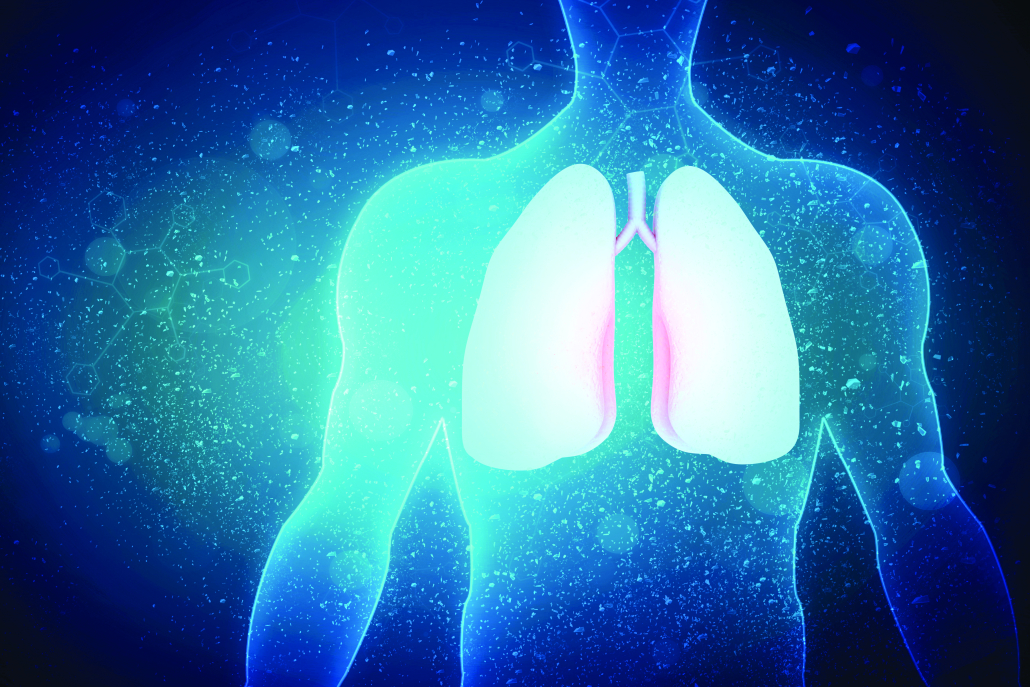Occupational Lung Screening Services
At Lake Imaging we provide high quality imaging services for occupational workers. Our highly specialised and fully accredited Radiologists provide diagnostic reporting for the detection of silicosis.
Silicosis is an incurable lung disease caused by the inhalation of very fine silica (sand) dust.
Silicosis causes inflammation and scar tissue in the lungs. There has been increased media attention for the disease as many workers are developing silicosis and other silica dust diseases, often with only short-term exposure.
Who is at risk?
Workers in areas such as mining and construction are often at higher risk. There is also a current wave of silicosis cases amongst those employed in stone masonry environments, as many workers have been exposed to silica dust, through cutting or fitting engineered stone, commonly used in kitchen and bathroom benchtops.
What are the symptoms?
Symptoms of silicosis can include a nagging cough, shortness of breath or chest pain. Silicosis can be prevented but there is no known cure. Once detected, treatments can help manage the symptoms in consultation with a medical professional. Therefore detection is vital through high quality imaging and diagnostic reporting services.
It is vital to ensure the wellbeing of workers, by establishing safe work practices and to detect silicosis accurately and early in those affected. Employers have a duty to provide a safe working environment and measures should be implemented to minimize any risks to worker health.
Silicosis and stone masonry
Manufactured stone contains up to 95% crystalline silica while natural stone such as marble or granite contains between 5 to 50% crystalline (WorkCover Queensland, 2018). Silicosis is an aggressive and incurable lung disease which results from breathing in this crystalline dust.
Detection guidelines from Royal Australian and New Zealand College of Radiologists (RANZCR)
“The wellbeing of at-risk workers is paramount and it is vital that screening programs detect silicosis accurately and early to ensure that workers are protected. RANZCR recommends that CT is the primary imaging modality for screening exposed workers as it can detect disease earlier and with greater accuracy.” (The Royal Australian and New Zealand College of Radiologists, October 2019)


Computed Tomography (CT) is a non-invasive exam that helps diagnose and treat a vast array of medical conditions. CT combines X-rays and sophisticated technology to take detailed cross-sectional pictures of the body, similar to pages in a book. A low dose CT high resolution chest scan (HRCT) provides an image quality sufficient to detect silicosis and early changes. No contrast is required to safely diagnose and monitor silica related changes to the people who have been exposed to silica dust.
In conjunction with Victorian Clinical Genetics Services (VCGS), we now offer percept NIPT (non-invasive prenatal testing) at our Sunbury and Melton clinics.
This simple blood test analyses DNA, comparing all 23 pairs of chromosomes to screen for conditions such as Down Syndrome
For more information, call us on 9744 5344 or contact your GP. Further information about the screening can be found at vcgs.org.au
*Please note: only the obstetric ultrasound scan performed in conjunction with NIPT is bulk billed, any other obstetric scans will incur an out-of-pocket fee.
I wish to access Lake Imaging Pty Ltd (Lake) Patient Archiving Communications System (PACS) and/or Radiology Information System (RIS) as described above.
Terms and Conditions
